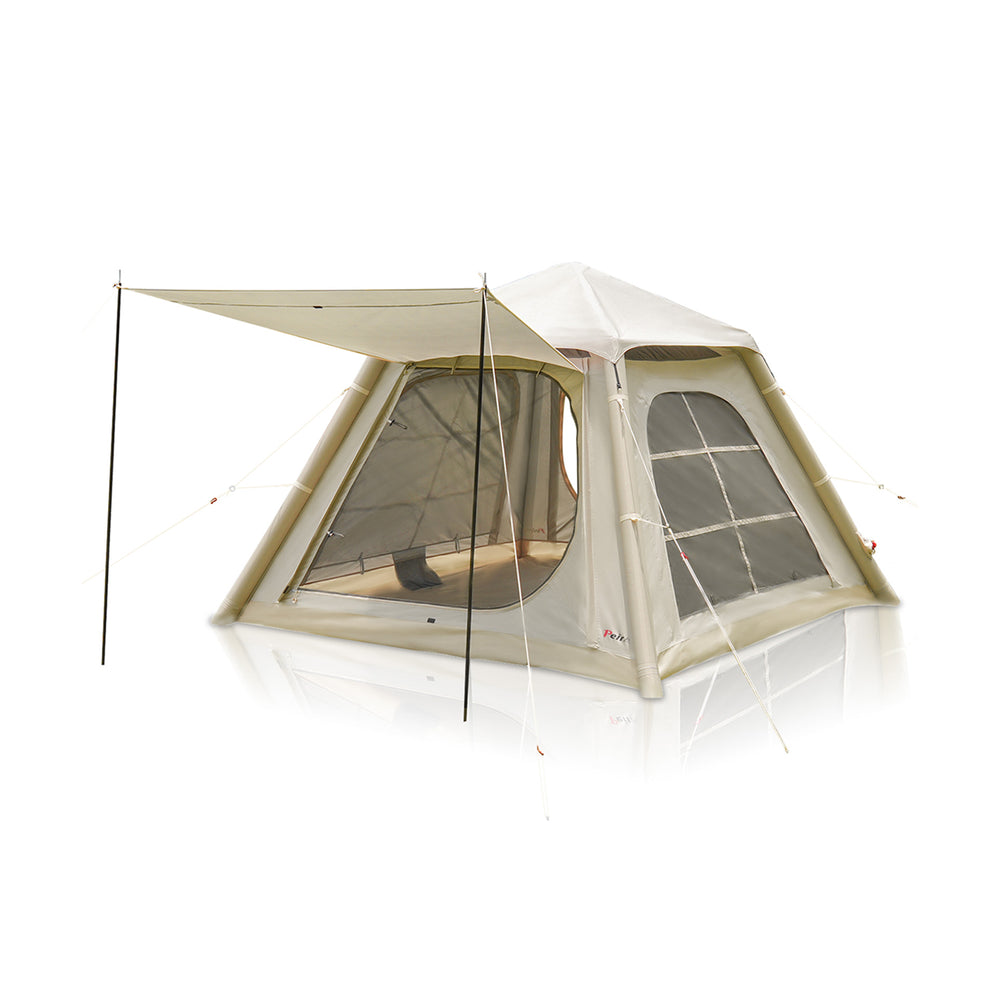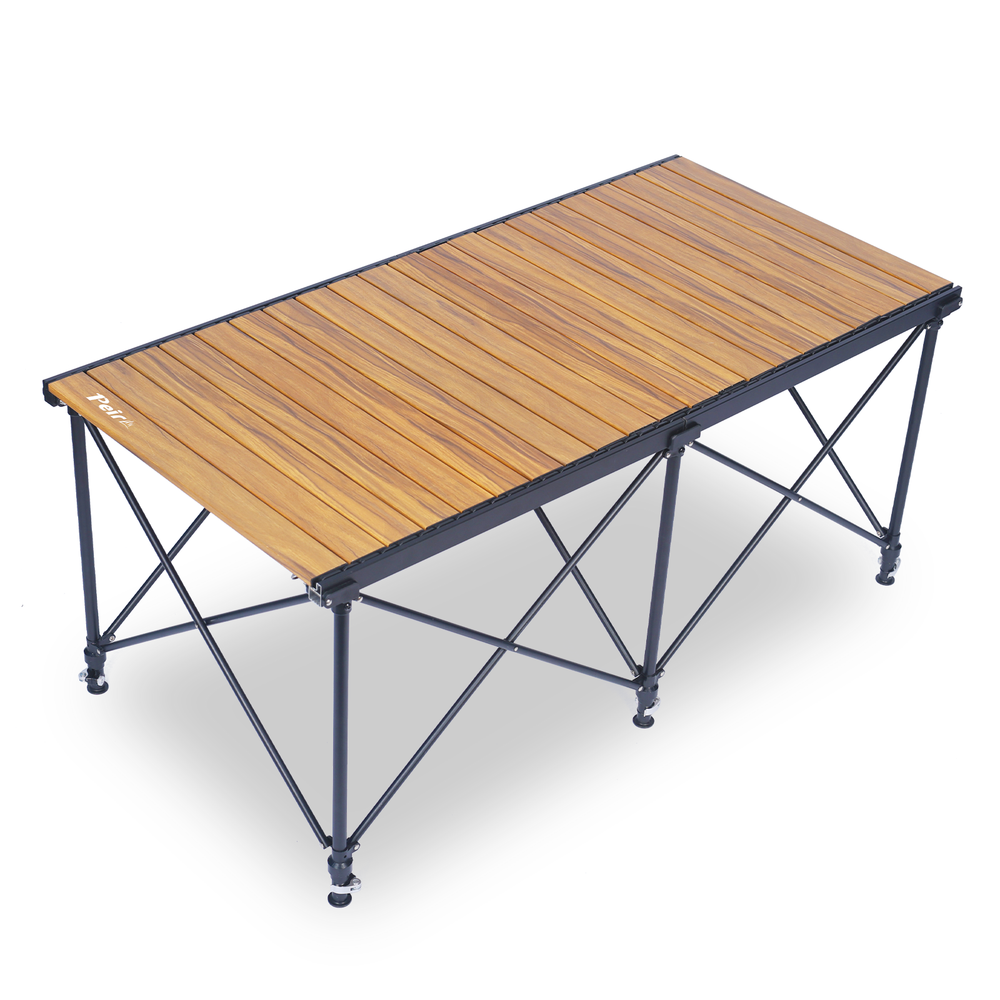For sleeping bags, they need to be cleaned after use, otherwise they will be very dirty and smell when you use them next time, which is very bad. Proper cleaning of sleeping bags helps to maintain the life and performance of sleeping bags.
So in this article, we will tell you how to properly clean synthetic sleeping bags (hand wash or machine wash), and how to maintain them in daily life.
What is the difference between synthetic sleeping bags and other sleeping bags?
Before you know how to clean a sleeping bag, you need to know what is the difference between synthetic sleeping bags and other sleeping bags. Below I will explain their differences to you respectively.
Washing
- Synthetic: Very easy to wash either using the washing machine or just by hand wash.
- Down: Needs delicate handling, sometimes it needs professional washing or use of certain solutions.
Drying
- Synthetic: It dries fast and can be hung in a low heat cycle in the dryer.
- Down: This one takes a relatively long time to dry and needs to be taken good care of, to avoid clumping.
Care Needs
- Synthetic: More durable; less sensitive to washing.
- Down: Improper washing and even normal washing may cause harm to the insulation and shorten its lifetime.
Frequency
- Synthetic: This can be cleaned more often without getting easily damaged.
- Down: It's more desirable to wash them less often because it helps to keep and warm.
Why Cleaning Your Sleeping Bag Is Important?
Cleaning eliminates dirt, oils, sweat, and any other deposits that are dangerous for the bag materials and can affect the insulation. When these residues remain in the bag, they make cold spots, decrease insulation, and affect the synthetic fiber's strength. In other words, if you want your sleeping bag to remain warm, comfortable, and durable for your future trips, then it has to be cleaned accordingly.
How Often Should You Wash Your Synthetic Sleeping Bag?
How often one washes a sleeping bag depends on the frequency of their use as well as the type of environment they use, while camping. Here is a quick guide to help you determine when washing is necessary:
- Frequent camping: If you camp every week or on extended trips, you should wash it every few months.
- Occasional use: If you use your sleeping bags for a short time over several months, a single wash at the end of that season is enough.
- Heavy soiling: If your bag has become visibly dirty from a spillage, has a very bad smell, and has developed sweat from humid, or rainy areas then it is time for washing.
Spot Cleaning: Quick Fixes For Minor Stains
In some cases, the synthetic bag does not need the entire washing. The spots and stains can be removed using a clean piece of cloth with some soap solution to clean the synthetic sleeping bag in between washings.
To spot clean, one needs to dilute some mild soap with water. Use a soft cloth or a sponge in this solution and wipe it lightly on a stained area, avoid rubbing or pressing it hard. Wash it with warm water, to eliminate extra soap from the bag. Dry the spot before putting your sleeping bag in the storage. If you want to save some time and keep your sleeping bags smelling as fresh as new, spot cleaning is the best way to go.
Preparing For Washing
Some of the common precautions should be taken before the washing process to avoid damage. Here are some steps to take before cleaning your sleeping bag:
- Check for damage: Look inside your bag and check for any holes, damage, or any wear or tear on the inside. They should be repaired before washing because the water can make them worse if not well fixed.
- Empty the bag: Take out all items from the pockets and shake the bag vigorously to get rid of dust particles.
- Close all zippers: Make sure that all the zippers, hooks, and buttons, are closed tight to avoid getting torn during washing.
- Read the care label: Make sure to read the label detail on the product to ensure the correct washing process, required water temperature, and soap.
Hand Washing A Synthetic Sleeping Bag
Hand washing is less aggressive than machine washing and takes much more time. Here is how to do it:
Step-to-step Guide For Hand Washing
- Prepare a bathtub or large sink: Fill the tub with lukewarm water. The amount of water needed should be enough to cover the bag completely.
- Add detergent: A small quantity of mild, non-ionic synthetic fiber wash should be used for washing the bag. It is also important not to use normal washing powder that can harm the insulation of your bag.
- Dip the sleeping bag: Dip the bag in the water carefully and press it so it can be wet uniformly.
- Gently rub the bag: This is done by rubbing the sleeping bag with a hand, especially those parts that are extremely stained.
- Soak for 15 to 30 minutes: To allow the detergent to start breaking the oil and dirt in the bag, let the bag soak.
- Rinse thoroughly: Pour out the water and then fill the bathtub with fresh water. Rinse the bag without rubbing it so that soap is washed off sufficiently. This should be done till the water is clear.
- Press out access water: Gently squeeze(do not twist) the bag to squeeze out as much water as possible without compromising the fibers.
Machine Washing A Synthetic Sleeping Bag
It is easier to wash using a washing machine but needs utmost care to prevent the bag from getting messy. Always use a front-loading washing machine, because top-loading machines are likely to twist the insulation and damage it.
Step-by-step Guide For Machine Washing
- Select a gentle cycle: Select the cycle that you consider to be a delicate one that allows for the use of cold or lukewarm water.
- Add appropriate detergent: Wash with a gentle, recommended liquid and add in a small quantity. Keep away from fabric softeners- they tend to create a layer on the fiber which decreases insulation capability.
- Place the sleeping bag in the washer: Do not pack the fabric too tightly since this will lead to clumping; put it inside the washing machine.
- Run an extra rinse cycle: After the wash, do another rinse to make sure all the detergent is washed off properly.
- Carefully remove the second bag: When taking the bag from the machine ensure to be gentle to avoid getting damaged by the weight of the remaining water.
Drying Your Sleeping Bag Properly
The process of drying is important when cleaning the synthetic sleeping bag. If the bag is not dried properly then it results in the formation of mold or maybe the insulation gets damaged. Here are the best ways to dry your bag safely:
Air Drying
- Lay the sleeping bag flat: Dry it on a flat clean surface, for instance, a cloth line or a drying rack that has mesh tops.
- Avoid direct sunlight: When air drying, ensure that it is kept away from direct sunlight as this leads to UV damage.
- Fluff regularly: After a couple of hours, you should tap the sides of the bag to make the insulating material fluffy again.
Machine Drying
- Low heat only: The synthetic materials can fade at higher temperatures therefore use the lowest heat setting.
- Add dryer balls: Add a couple of clean tennis balls or dryer balls into the bags to give the insulation a good mix and to avoid clumping.
- Check frequently: Drying can take quite a few hours. Try to open the dryer offent to ensure that the bag is not too hot or damaged.
Important: Do not spin the synthetic sleeping bag or remove water by twisting it. By doing this you can damage the insulation and distort the shape of your sleeping bag.
Tips For Long-Term Care
Cleaning your sleeping bag after every use is important, but there are some steps you can take between washes to preserve the bag's durability. Here are some tips:
- Use of sleeping bag liner: Liners are used to shield the inner part of a sleeping bag from your sweat and dirt so that they are not washed very often.
- Air-out after use: Air out your sleeping bag to get rid of sweat or any other smell after every trip.
- Store properly: Never pack it inside a compression bag, just put it in a loosely woven storage bag that allows proper ventilation. If you try to compress it for a long term, it is possible to ruin the insulation type.
- Spot clean as needed: For small or light dirt or stains, you should use a piece of cloth that has been wet with water and a mixture of mild soap.
- Avoid campfire proximity: Do not place your bag near a fire because sparks can start burning the fabric of your bag.
Conclusion
Cleaning a synthetic sleeping bag might appear to be quite a daunting task, but it is not difficult at all. By washing your sleeping bag, you will be able to enjoy your its warmth and protection for a lot of trips to come.












 Peirhw Inflatable House Tent - Starry Night Love
Peirhw Inflatable House Tent - Starry Night Love
 Peirhw Glamping Tents - Friendship Castle
Peirhw Glamping Tents - Friendship Castle
 Peirhw Inflatable Canopy Tent - Adventurer
Peirhw Inflatable Canopy Tent - Adventurer



 Peirhw Portable Air Conditioner
Peirhw Portable Air Conditioner
 【Advance Sale】Peirhw Portable Power Station 2400W
【Advance Sale】Peirhw Portable Power Station 2400W
 【Advance Sale】Peirhw Portable Power Station 600W
【Advance Sale】Peirhw Portable Power Station 600W





 Peirhw Self Inflating Sleeping Pad
Peirhw Self Inflating Sleeping Pad
 Peirhw Air Mattress (8" Queen Type)
Peirhw Air Mattress (8" Queen Type)
 Peirhw Camping Sleeping Bag
Peirhw Camping Sleeping Bag


 Peirhw Butterfly-shaped Canopy for Camping
Peirhw Butterfly-shaped Canopy for Camping
 Peirhw Camping Waterproof Canopy (Cannot be Purchased Separately)
Peirhw Camping Waterproof Canopy (Cannot be Purchased Separately)


 Peirhw Outdoor Folding Chairs
Peirhw Outdoor Folding Chairs
 Peirhw Folding Camping Table
Peirhw Folding Camping Table












